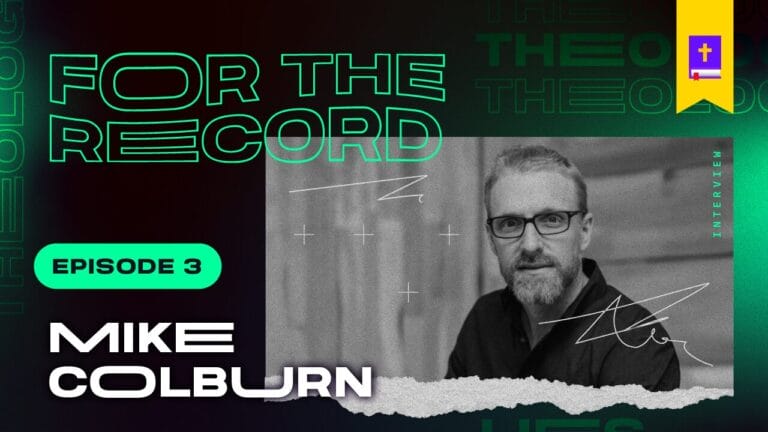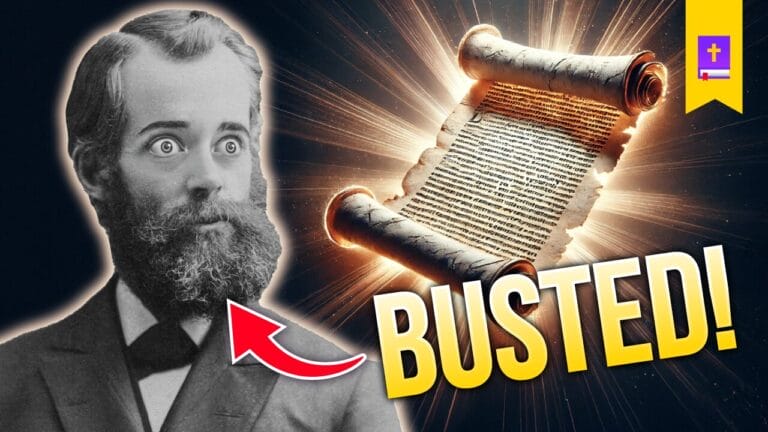Adventist Teaching: Yes
Biblical Teaching: No
Foundational to the Seventh-Day Adventist Church’s system of theology is their teaching around the sanctuary and the investigative judgement which is supposedly the second and final phase of Christ’s atoning ministry. This is to say that the atonement was not completed at the cross. Some Adventist scholars have branded their atonement model as “a complete atonement that is not completed.”
As can be seen in Salvation: Contours of Adventist Soteriology, a scholastic work by SDA scholarship, Jon Paulien explains what the SDA Church means by the word “atonement.”
One of the most debated topics of Christian theology is expressed in these questions: Why the cross? What really happened at the cross? The answers to these questions have been widely debated under the general heading of the atonement. But when Seventh-Day Adventists (SDA) approach the matter of atonement, an immediate dilemma is perceived. When Adventists talk about atonement, they refer specifically to what Jesus is doing now in the heavenly sanctuary. On the other hand, when scholars outside the Seventh-Day Adventist Church discuss the atonement, they refer specifically to the cross of Jesus Christ and what God was doing there.
Jon Paulien, Salvation: Contours of Adventist Soteriology, Chapter 10, pg. 189
This is to say the SDA Church teaches that the cross of Christ was only where the atoning sacrifice took place, not where man was reconciled to God and propitiation accomplished. Their primary appeal in this area is to the Levitical Priesthood work—namely the alleged transference of sin, in type, by the priests.
Hebrews 9:22 is clear that without the shedding of blood there is no forgiveness of sins taking place. Atonement doesn’t happen in two phases, but when blood is shed. Christ is not in heaven shedding His blood to deal with sins. Yet the SDA Church teaches Jesus is in Heaven blotting out sins in the investigative judgment. Hebrews 9:26 is also clear that sin was “put away” at the cross and that after He made purification for sins, He sat down on His throne (Hebrews 1:3).
Seventh-Day Adventist pioneer, Uriah Smith, wrote in the October 19, 1876 Advent Review and Sabbath Herald that:
The death of Christ and the atonement are not the same thing. And this relieves matter of all difficulty. Christ did not make atonement when He shed his blood upon the cross. Let this fact be fixed forever in the mind.
Uriah Smith, Advent Review & Sabbath Herald, October 19, 1876
This is heresy and perfectly in line with Jon Paulien’s words from Salvation: Contours of Adventist Soteriology.
Wolcott Hackley Littlejohn, another early influential SDA pioneer wrote in the same paper, September 16, 1884, responding to the question, “Do you believe sins were atoned for on the cross?” that the Adventist response should be:
No, sir, I do not. I believe that there is not a [bible] passage among those usually employed to prove that the atonement took place at the cross that will justify such a conclusion. The doctrine itself is contrary to reason. When sin is once atoned for, it is fully disposed of, and can never be charged to the account of the offender again. To reason, therefore, that the sins of those who are converted were atoned for on the cross, would be to argue that such persons could not be lost;
W.H. Littlejohn, Advent Review & Sabbath Herald, September 16, 1884
By way of Ellen G. White, who the SDA Church believes was divinely inspired and corrects inaccurate interpretations of scripture, she taught that the cross was where the atoning sacrifice was completed, but the work of atonement and blotting out sins is happening in heaven today through a work of investigative judgement. She also taught that the blood of Christ did not cancel sin at the cross, contrary to Hebrews 1:3, 9:26 and Romans 5:8-11.
Part of the promise of the New Covenant that believers have by being in union with Christ is that God remembers a believers sins no more (Jeremiah 31:31-4). They aren’t stored in heaven to be investigated and blotted out by Christ over a long period of time. The promise is already ours in Christ—our sins are remembered no more.
It is this supposed work of investigation that gets into one of the many reasons why the Adventist Jesus is a false christ and not the Jesus of history or scripture. But it also distorts the biblical teaching regarding the atonement. This teaching is not simply an alternate atonement theory, but a teaching that completely distorts the Gospel of the Lord Jesus Christ.
To see a further breakdown on this, watch our stream on the subject.










